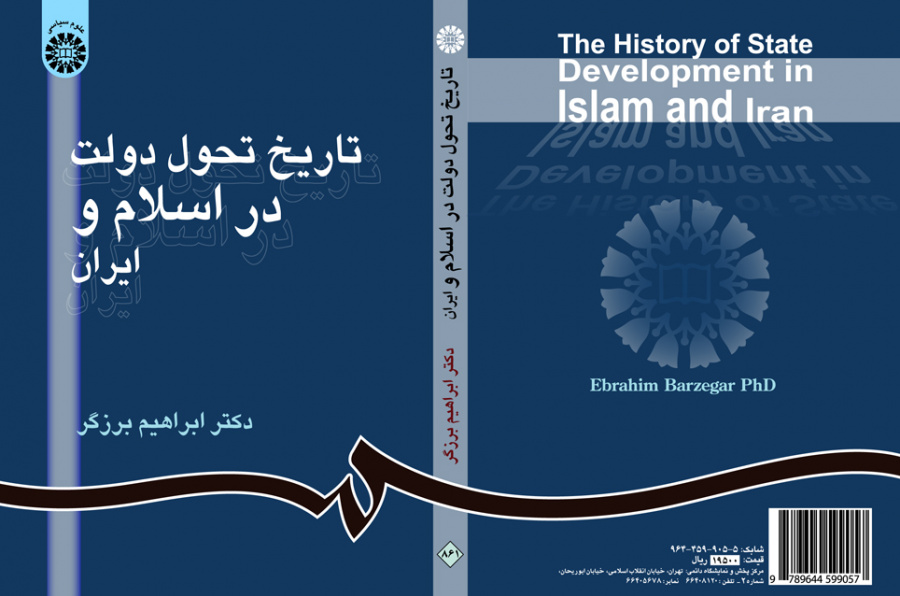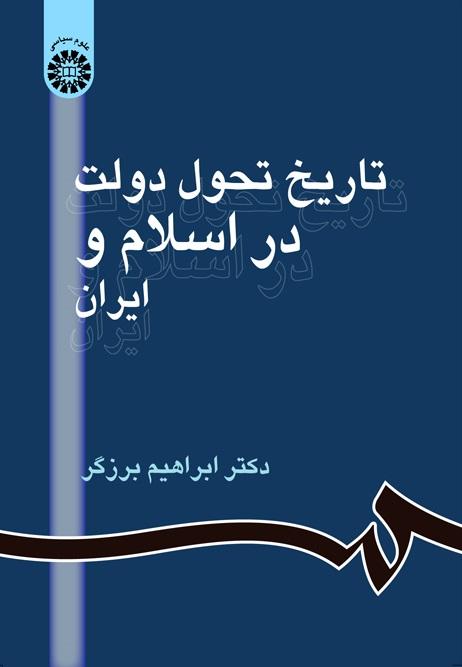

The History of State Development in Islam and Iran
This book provides answers to a multiple set of questions as follows: what process has the state been through in Islam and Iran? What has been added to the existing practices in the periods of the Arabs, the Iranians, the Turks and the Mongols’ rule? How the relation between three Muslim groups of Arabs, Iranians and Turks has been and in what way the dialectic of thoughts and realities has been
affected? How governments dissolve? What are the processes of governmental dissolution?
After the Introduction, there are eight chapters to the book. In these chapters the following topics are considered consecutively; some general notions about governments, Islamic government, the three branches of the government, etc; solutions and suitable theories; the political structure of the pagan state of the Arabs before Islam; the structure of the prophetic government; the structure of the Rashidin Caliphs’ Government; The structure of the Umayyad government; the structure of the
Abbasid’s government; An introduction to theorizing and developing a conceptual framework.
The book includes charts. In the appendix the family tree of the Quraysh caliphates and their familial and tribal relations up to the tenth century, and that of the Umayyad dynasty and the Abbasid caliphates of the first to the fourth ages has been added.
References and a list of names and terminologies come at the end of the book.
Compiled as a course book for the BA students of political science, and as a secondary source for the courses in “Political Thought in Islam” and “Political System and State in Islam”, this book provides the reader with a general picture of the transformations of governments over a span of fourteen centuries, and follows their past and present trajectories, and subsequently finds a broader perspective in prospect.





